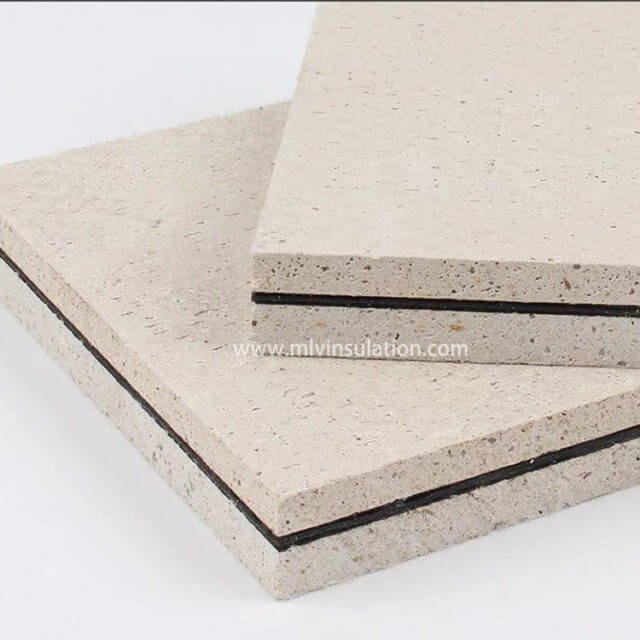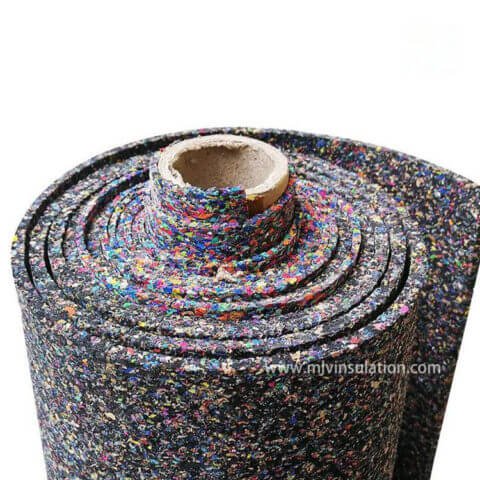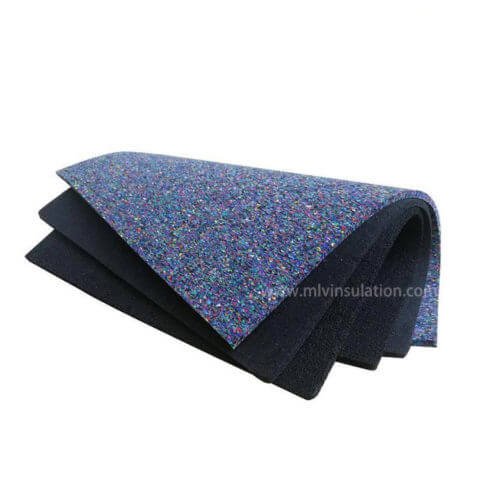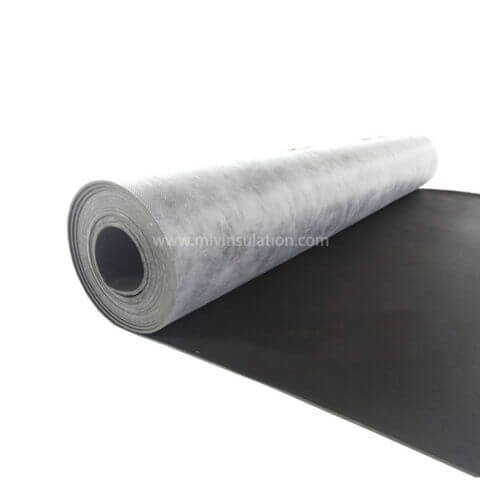Sound Deadening Materials China | Mgo Sound Insulation Panels
Sound Deadening Materials China
Wood floors are usually installed in high-rise buildings and unit developments. In this case, it is necessary to reduce the level of noise transmission to the dwelling below to an acceptable level. Therefore, wood and other similar hard floor products are usually laid on the sound insulation underlayment or sound deadening materials china. Sound insulation panels china are usually laid on the underlayment.
There are two main types of noise to consider.
The first is higher frequency noise from music, phone ringing, people talking, television, etc. This noise is controlled by quality, and the floors on the concrete slabs are wooden floors, so the quality can usually provide sufficient control so as not to cause problems.
The second category involves noise associated with low-frequency vibration. This includes the noise of falling feet, especially the noise of stilettos, and the noise of the subwoofer in the entertainment system.
Sound Deadening Materials Specifications
Size: 2440x1220mm
Color: white
Thickness: 15mm

In order to control low-frequency vibrations, shock-absorbing sound deadening materials china, also known as sound proofing boards for walls, play an important role in reducing noise transmission to acceptable levels. However, the choice of underlayment, china insulation board and the system used also depends on many factors, including the type of floor, the thickness of the floor, the height of the ceiling, and the type of ceiling system below.
Sound pressure is measured in decibels (dB), and we consider its increase or decrease as a change in loudness. Most of us will notice a 3dB change, and a 10dB reduction is about half of the sound. The lower the number, the better the attenuation and the better the result.
We provide many types of floor underlays, soundproof panels and sound dampening panels china to meet customer needs, and we can help you solve the risks caused by acoustic requirements. The process usually starts by talking to your level management and collecting information about the building (basement and thickness, compartment information, regulatory rating, previous testing, etc.). Then, we take this information to the acoustic department and find a system that can meet your requirements. Sometimes, previous tests will fully show that the level will be met (for example, if a soundproof wall panels china test or 5mm rubber test is conducted in a building with similar factors to yours, you can expect similar results for your floor).




